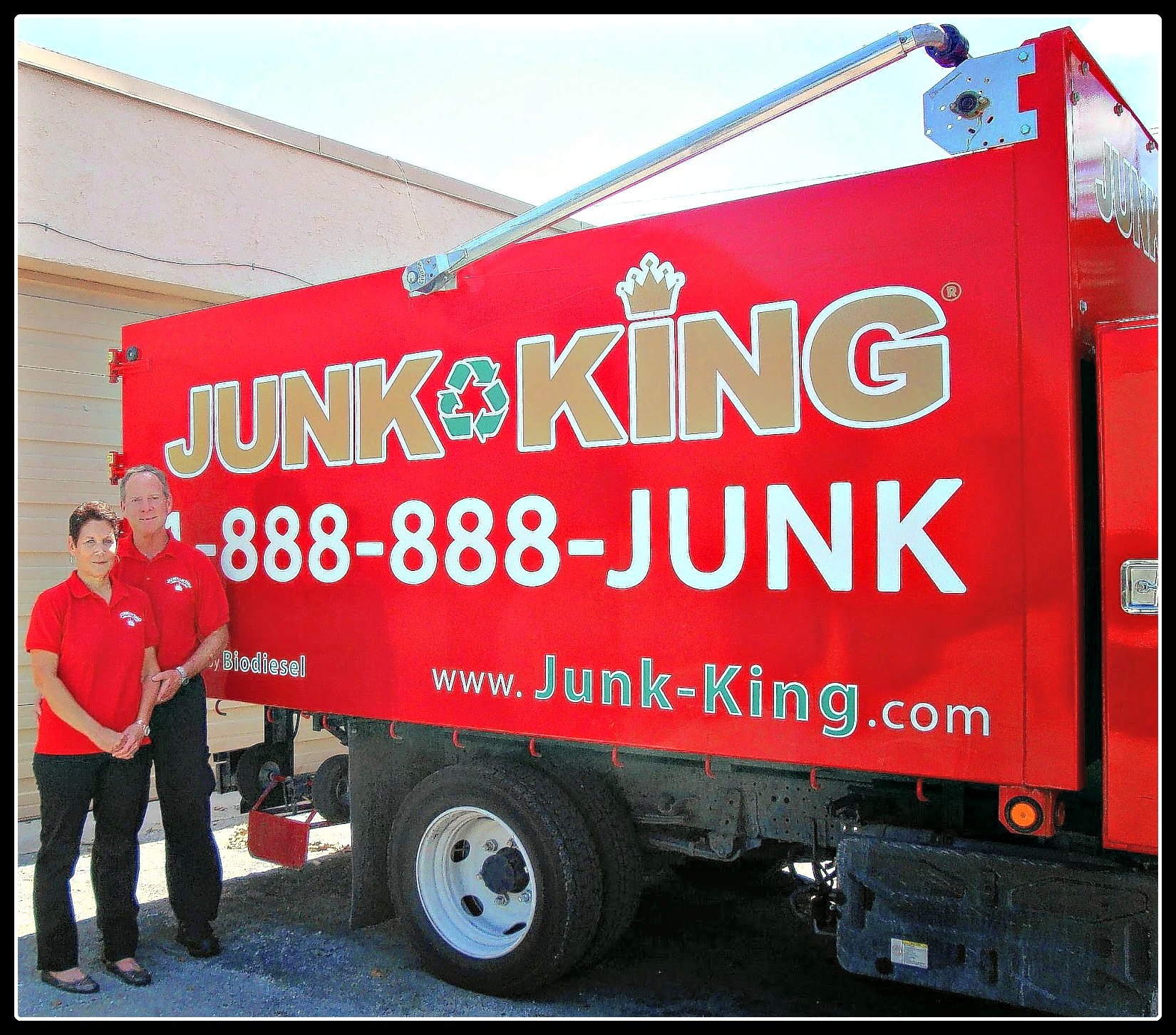Exactly How To Choose The Right Dumpster Size For Your Project: A Comprehensive Guide
Exactly How To Choose The Right Dumpster Size For Your Project: A Comprehensive Guide
Blog Article
Write-Up Created By-Galloway Duckworth
When starting a task that needs a dumpster, the dimension you choose can substantially impact its performance and cost-effectiveness. Visualize having the perfect container that accommodates all your waste without being excessively big or as well tiny. All of it beginnings with recognizing the nuances of your task and selecting a dumpster size that straightens with your particular demands. So, before you decide, take into consideration the aspects at play to ensure a seamless waste monitoring process throughout.
Elements to Consider
When deciding on the appropriate dumpster dimension, there are a number of crucial aspects to consider.
Initially, think about the kind of waste you'll be throwing away. Different products might call for differing quantities of space, so recognizing what you'll be placing in the dumpster is essential.
Next off, assess the amount of waste you anticipate to produce. If you ignore the volume, you may need to make numerous trips to get rid of every little thing, which can be inconvenient and costly. On the other hand, leasing a dumpster that's too huge can bring about unnecessary expenditures.
Furthermore, think about the room where the dumpster will certainly be positioned. Make sure there's enough room for the dumpster to be supplied and grabbed without any obstructions.
Finally, consider any type of weight constraints that might apply. Going beyond the weight limit can cause added costs and even the rejection of service.
Dumpster Size Choices
For picking the best dumpster dimension, it's necessary to have a mutual understanding of the offered options. Dumpster sizes generally vary from 10 to 40 cubic backyards, with variations in between.
A 10-yard dumpster appropriates for tiny projects like a garage cleanout or a small remodelling. If you're dealing with a medium-sized task such as a kitchen remodel or a basement cleanout, a 20-yard dumpster might be the right selection.
For bigger tasks like a whole-house restoration or business construction, a 30 or 40-yard dumpster could be preferable to accommodate the quantity of waste created.
When selecting a dumpster dimension, take into consideration the amount and type of debris you anticipate to throw away. It's much better to select a somewhat bigger size if you're uncertain to avoid overfilling. Remember, it's more economical to rent a dumpster that fits your needs as opposed to having to order an added one.
Matching Size to Project
Ideally matching the dumpster dimension to your job is crucial for reliable waste management. To establish the right size, take into consideration the scope and nature of your job.
For tiny household cleanouts or improvements, a 10-yard dumpster may suffice. These are commonly 12 feet long and can hold about 4 pickup loads of waste.
For bigger projects like remodeling several rooms or cleaning out a large estate, a 20-yard dumpster might be more suitable. These are around 22 feet long and can hold around 8 pickup lots.
If you're tackling a significant building and construction job or commercial remodelling, a 30-yard dumpster could be the very best fit. roll away dumpster rental are about 22 feet long and can suit about 12 pickup lots of particles.
Matching the dumpster size to your job ensures you have adequate area for all waste products without overpaying for unused ability.
Conclusion
To conclude, picking the best dumpster size for your project is critical for reliable waste disposal. By considering https://waste-management-dumpster11099.activoblog.com/32844283/practical-advice-for-waste-control-while-remodeling-your-home like the type and amount of waste, area availability, weight constraints, and spending plan constraints, you can guarantee you have the appropriate size dumpster for your requirements. Make certain to match the dimension of the dumpster to the extent and nature of your job to prevent overspending on unnecessary costs.
